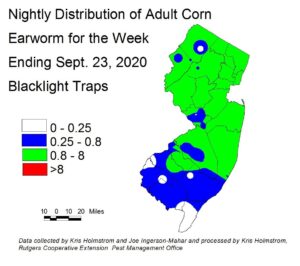Damping-off is caused by a number of important vegetable pathogens and is very common at seeding and transplanting in spring and fall. Damping-off can kill seedlings before they break the soil line (pre-emergent damping-off) or kill seedlings soon after they emerge (post-emergent damping-off) or soon after transplanting. Common pathogens that cause damping-off include Pythium, Phytophthora, Rhizoctonia, and Fusarium spp.
It is extremely important to know which pathogen is causing the damping-off problem and which fungicide to properly apply.


